Every time I visit Tokyo I fall in love with it all over again. Everywhere I turn there is beauty and inspiration. Liam Wong can back me up on this.
I came across Liam's photography a while ago and have since become an avid follower. His photos of Tokyo and other cities feel like they're from some fantasy world. After digging a little deeper I found out that Liam is also a graphic design director at Ubisoft, which brings so many questions to mind. I'm thankful Liam took the time to answer them in this interview.
Hey Liam, can you tell us a bit more about what you do during the day as a graphic design director? What are some of the things you work on?

Liam Wong in the streets of Tokyo.
LIAM: At my day job I design, define and direct visual identities for AAA video games. I specialize in creating artwork that summarizes a "look and feel."
I took the position at Ubisoft at the age of 25, making me the youngest director. It's been four years and I haven’t been fired, yet. I think what people find most interesting about my career is that I went from graduate to director in the space of two and a half years. Because of this, everything I knew about anything was from video games and my time at university. My role at Ubisoft is my second job.
The most daunting thing when I joined Ubisoft was to set the style for a game. That game was Far Cry 4. The third game is one of my all-time favorites and so working alongside that team was a dream come true. I worked as one of six or so directors and my focus was visual identity. My role in production was to interpret the ideas of the game and translate them into meaningful and memorable images. I worked with a team of talented artists to help develop that.

LIAM: Since then I have been working on a bunch of unannounced projects that I can’t talk about yet, but I am really excited to see them go out there to the public eye.
I’d say most people probably know your work through Instagram, including your moody and colorful portraits of some of the largest cities in the world. How did this whole series start for you? When did you get your first DSLR camera and was there a turning point when you decided “this is going to be my style?” Or was it more like a natural process happening slowly?
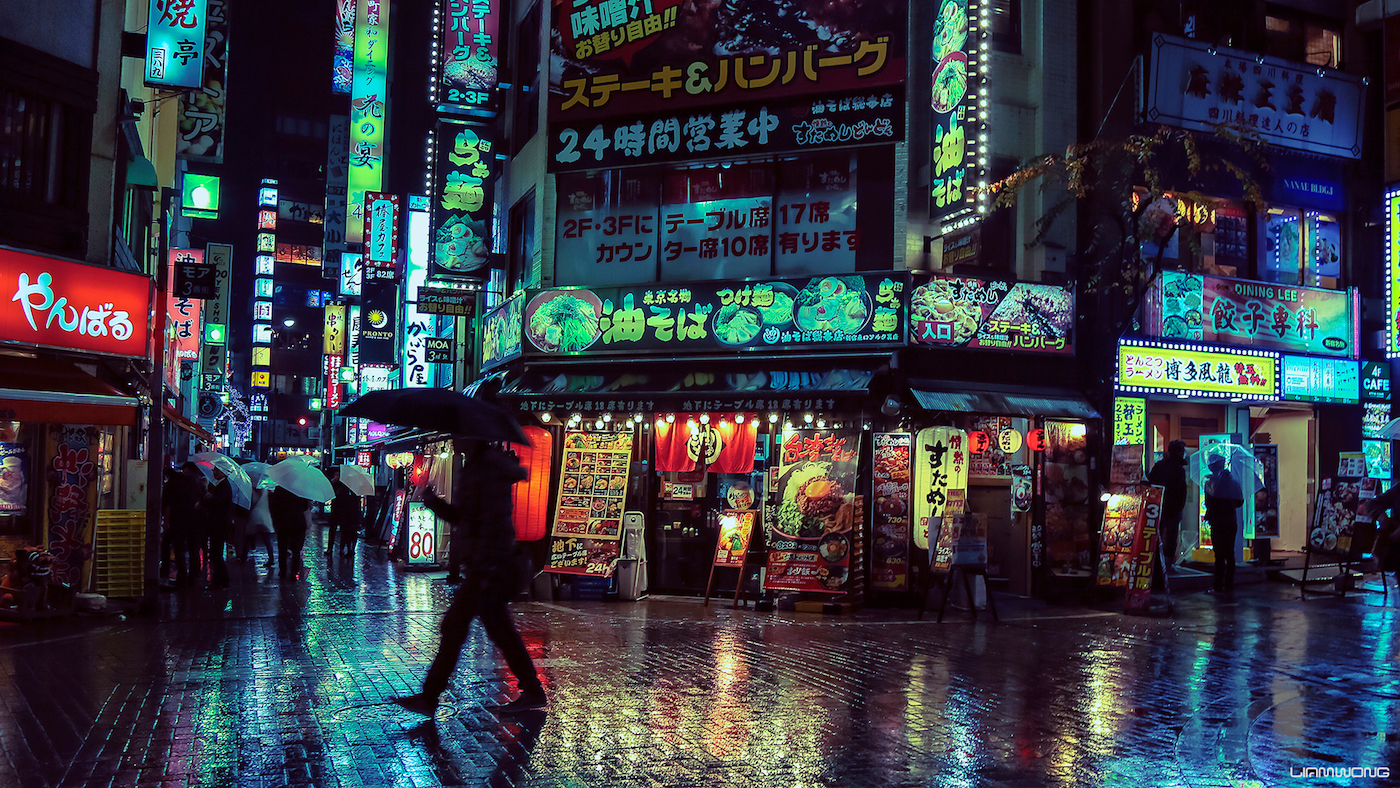
LIAM: The series started when I purchased my first DSLR for a trip to Tokyo. Before that I was using my iPhone and a compact camera. I began sharing my vacation photographs on Facebook while I was in Tokyo and my friends really liked them. They encouraged me to share them on Instagram, so I made a public account and began to post them.
"It was when I posted one specific image that my following just blew up."
It was when I posted one specific image that my following just blew up. I was walking back to my hotel in the rain and outside my hotel in Kabukicho was a taxi driver waiting for a couple to exit one of the love hotels. This was that moment. I knew when I took the shot that it was one that I would be happy with.
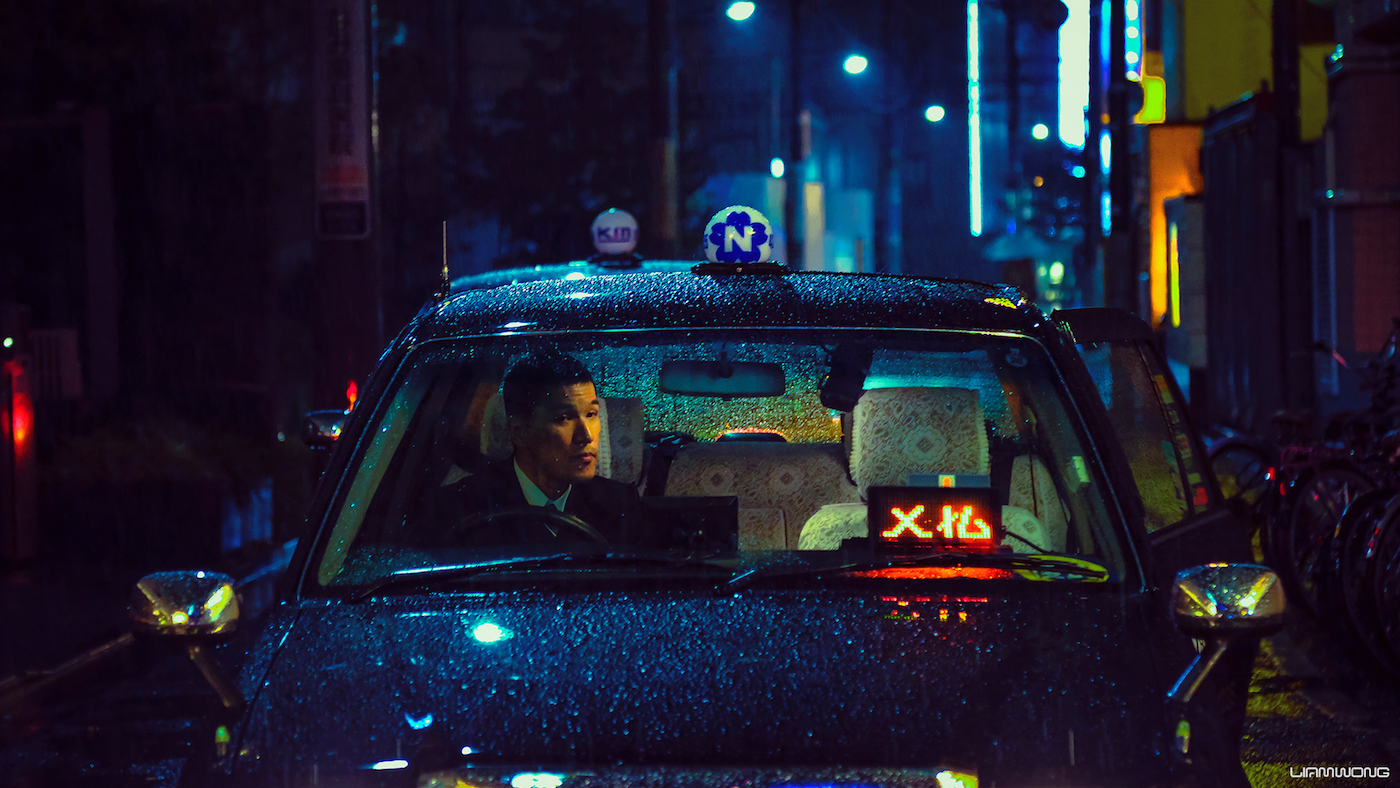
LIAM: Interestingly enough, it's still one of the only images I have ever posted featuring a person. I never show my face on Instagram which has become part of my signature, I guess. When I go out in the cities alone after midnight, I usually wear a mask to avoid getting jumped since I look pretty young. It also adds some mystery.
You're very active on Twitter and it seems like you're always trying to provide as much value to your audience as possible, which often includes posting others' work. But you also seem well-versed with self-marketing. Is this something you've naturally embraced since the beginning?
LIAM: Twitter is an interesting one for me. I've been spending time working on it. When I first made my Twitter I used it infrequently, only ever surfacing to cross-post images from my Instagram — which in retrospect makes for very boring content. However in the last month I was able to grow my following from 2,000 to something like 15k now. I got really into the analytics of being an artist and learning how to best market my work. Once my following grew, instead of using my Twitter to post my own work, I began posting the work of other artists instead, as well as things that inspire me.
"Self-marketing is something I think I have always had a knack for, even more than being an artist."
Self-marketing is something I think I have always had a knack for, even more than being an artist. I think it's why I ended up in the position that I am in, doing the work that I do. It is all aimed toward first impressions, following trends and creating meaningful aesthetics which appeal to people. When I take a photo or create an image, I am very aware of the things I want to communicate, the feelings I want to evoke.
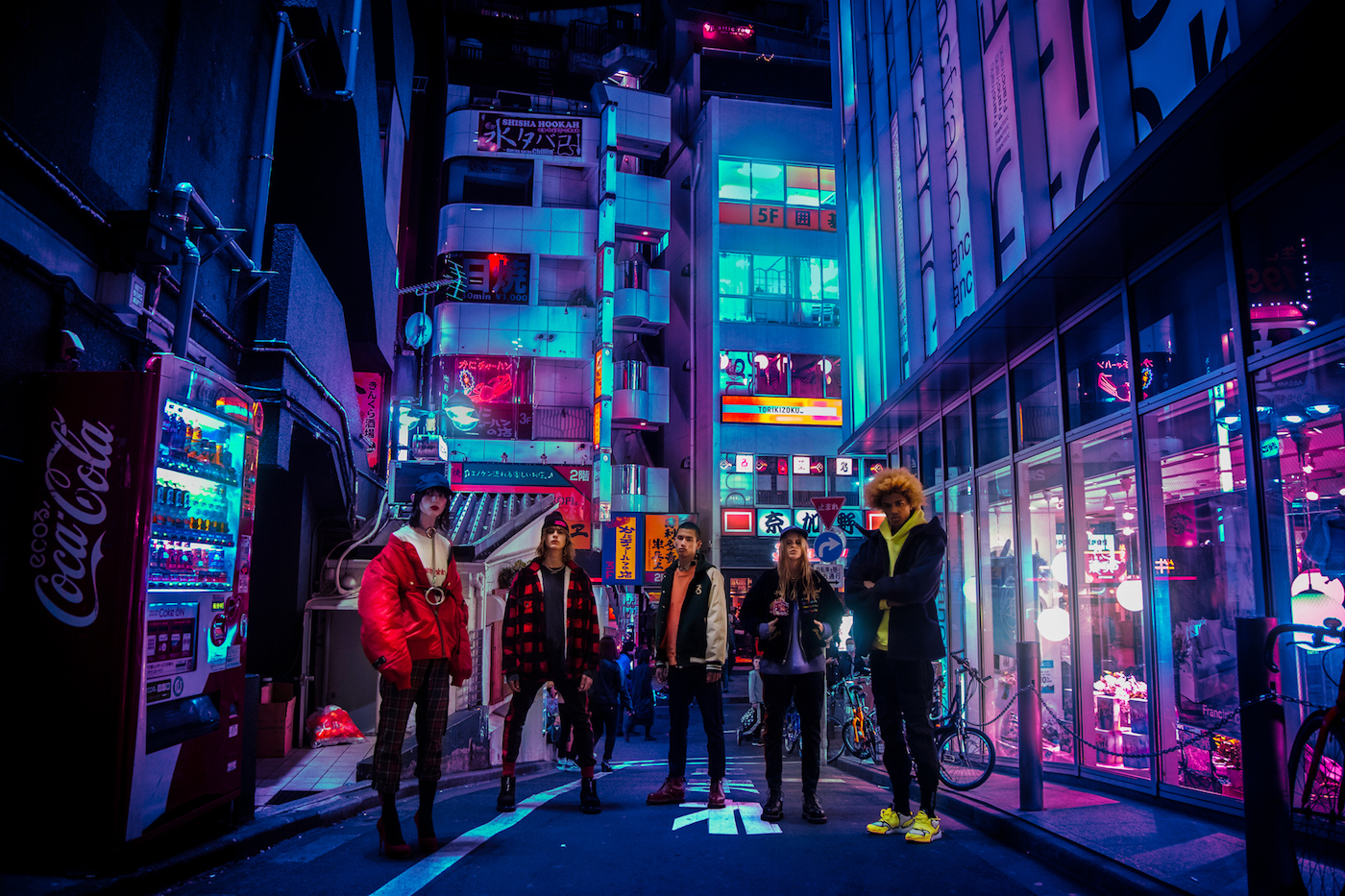
I saw you even give helpful lessons on Twitter on how artists can better promote their work. What would you say are the top tips & tricks for artists to promote and push their work, while still being able to create and stay creative?
LIAM: 1. Surround yourself with people more talented than yourself.
This is the most important one for me. I came to Ubisoft because there are 2,500 people around me who can teach me things.
2. Share the work of other artists
This is how I’ve grown my following to over 100k. Nobody wants to follow somebody who only cares about themselves and never engages with their audience.
3. Mix things up - learn a new skill.
I am a broad-range generalist with deep expertise in one area (graphic design).
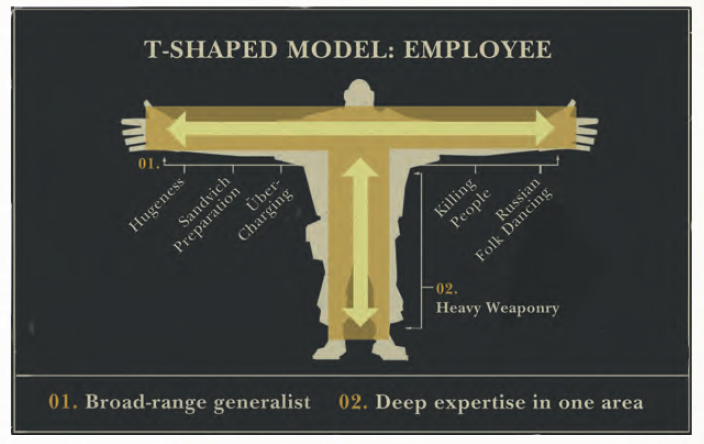
Photography is still my weakest skill, but I use my primary skills to take my photography to another level. Reanimating photographs in After Effects, laying them out in InDesign for my photo book, creating GIFs/Cinemagraphs/Timelapses in Photoshop. I remember creating a GIF randomly one day with one of my photographs and it got half a million views from Reddit and Imgur — platforms I have no following on.
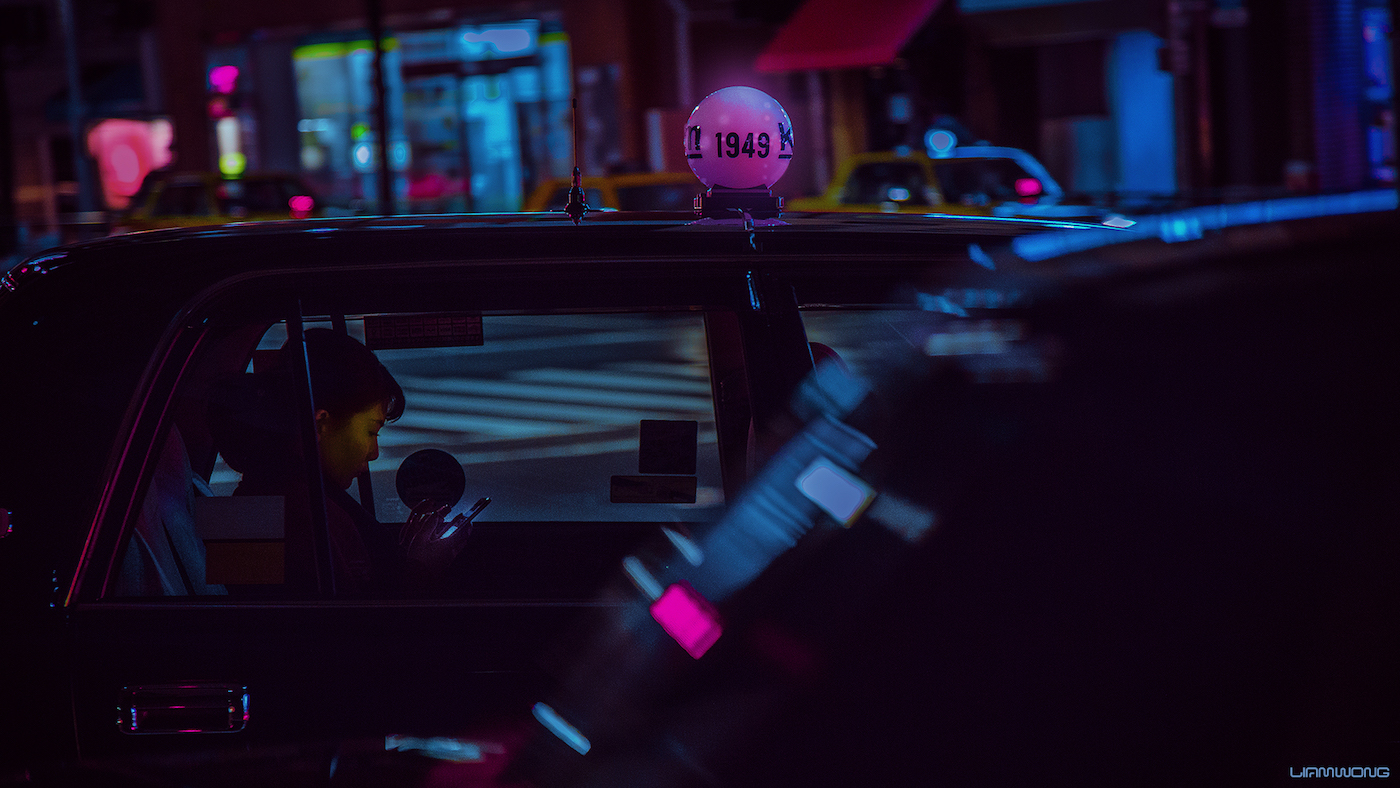
One of the things I like so much about your photographs is that they can easily be mistaken as illustrations or even CGI, making you question their reality. Is this something you are aiming for when shooting and editing these images?
LIAM: I get a lot of emails from people asking if they can buy my paintings.
With my background in video games and my love for super-saturated colors, my photographs often come across as illustrations. I think with this background I never cared for minimal edits like most photographers would.

I’m sure many readers are curious about some more technical behind-the-scenes stuff, so I’m going to fire a couple more simple questions at you:
What camera do you use and what’s your go-to lens?
LIAM: The majority of my images are taken with a Canon 5D III and a 24-105 lens. After my photos went viral and I started to gain a following, Canon reached out and hooked me up with a 5D Mark IV, which is what I use now.
Do you shoot mostly by hand or do you use a tripod?
LIAM: All by hand. I used a tripod for only one of the images I have posted. I have been using my tripod for time lapses (in the same style), which I will be posting soon.
If you could choose between a rainy city or a sunny one, which would you pick?
LIAM: Rain every time. It goes without saying that I am a pluviophile — a lover of rain, someone who finds joy and peace of mind during rainy days. I travel a lot and whenever I see rain in the forecast it is a level excitement for me that I can never really describe. I also happen to be a night owl, so the two things go hand in hand perfectly.
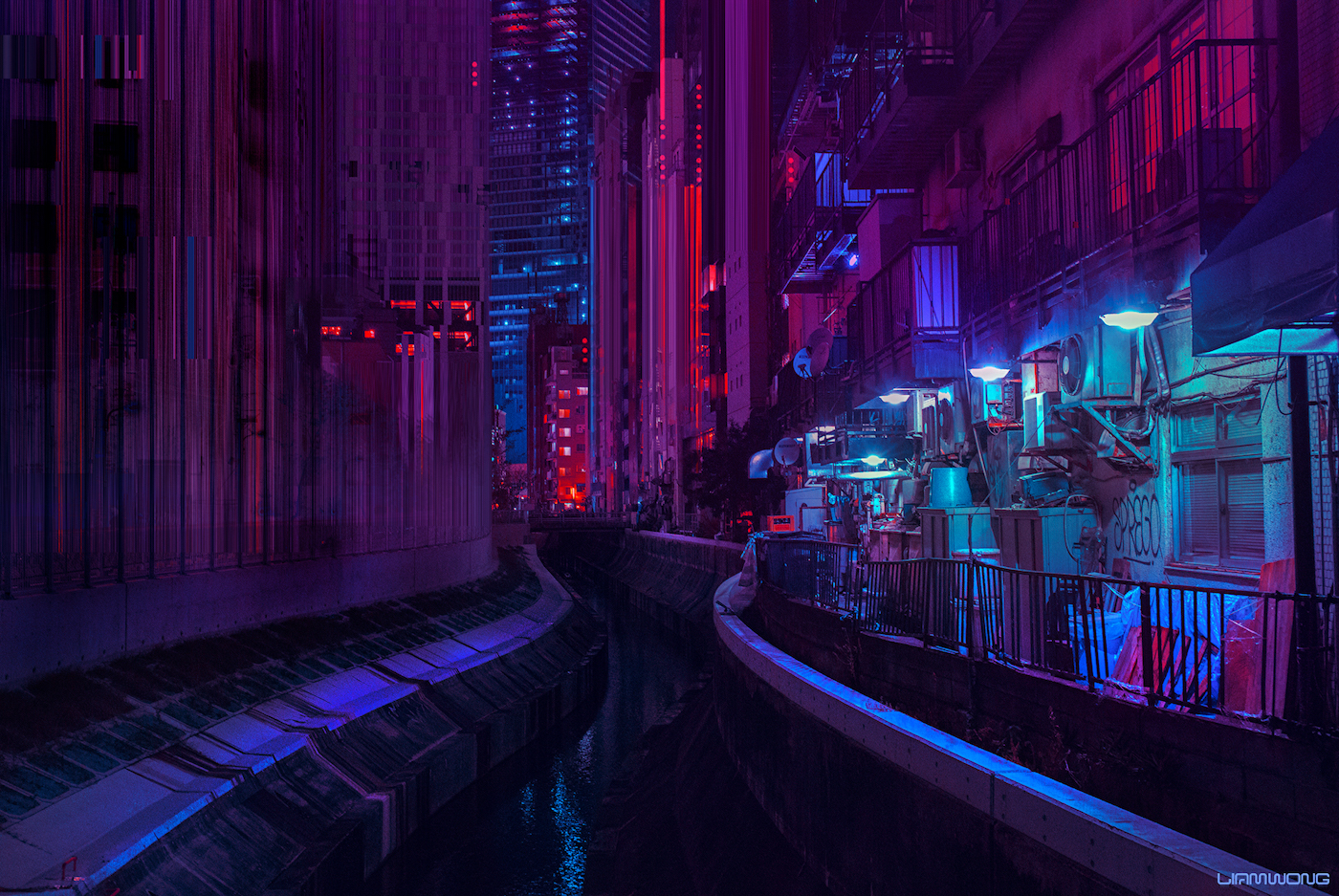
How much post-production do you do? Do you strive for the most perfect result in camera or are you totally fine with fixing it up in post?
LIAM: I consider myself an artist first and foremost. When I first started shooting, I really did not know how to operate my camera. I then learned Lightroom and began experimenting. Initially I would do everything in post-production, using color theory and my sensibilities until I was happy with the image.
In the last year I have picked up new gear which has allowed me to get the visuals that I currently achieve, and I try to do as much as I can through the camera. Custom settings, lens filters, gels on flashes, that sort of thing.
My first set of Tokyo images were all edited on my 11” Macbook Air. I'm often asked how long I spend on each image. The time I spend on images depends greatly on the shot. Typically I don’t shoot pictures of people on the streets; it's mostly architectural, so they’re a lot easier. However I just did my first fashion shoot in Tokyo, which ended up in HYPEBEAST. It was a very different challenge but the self-portraits I took helped prepare me for that.
Some of my images are shot on my iPhone, others on my DSLR. I have been experimenting recently with Lightroom Mobile and my iPhone, and have been really happy with the results.
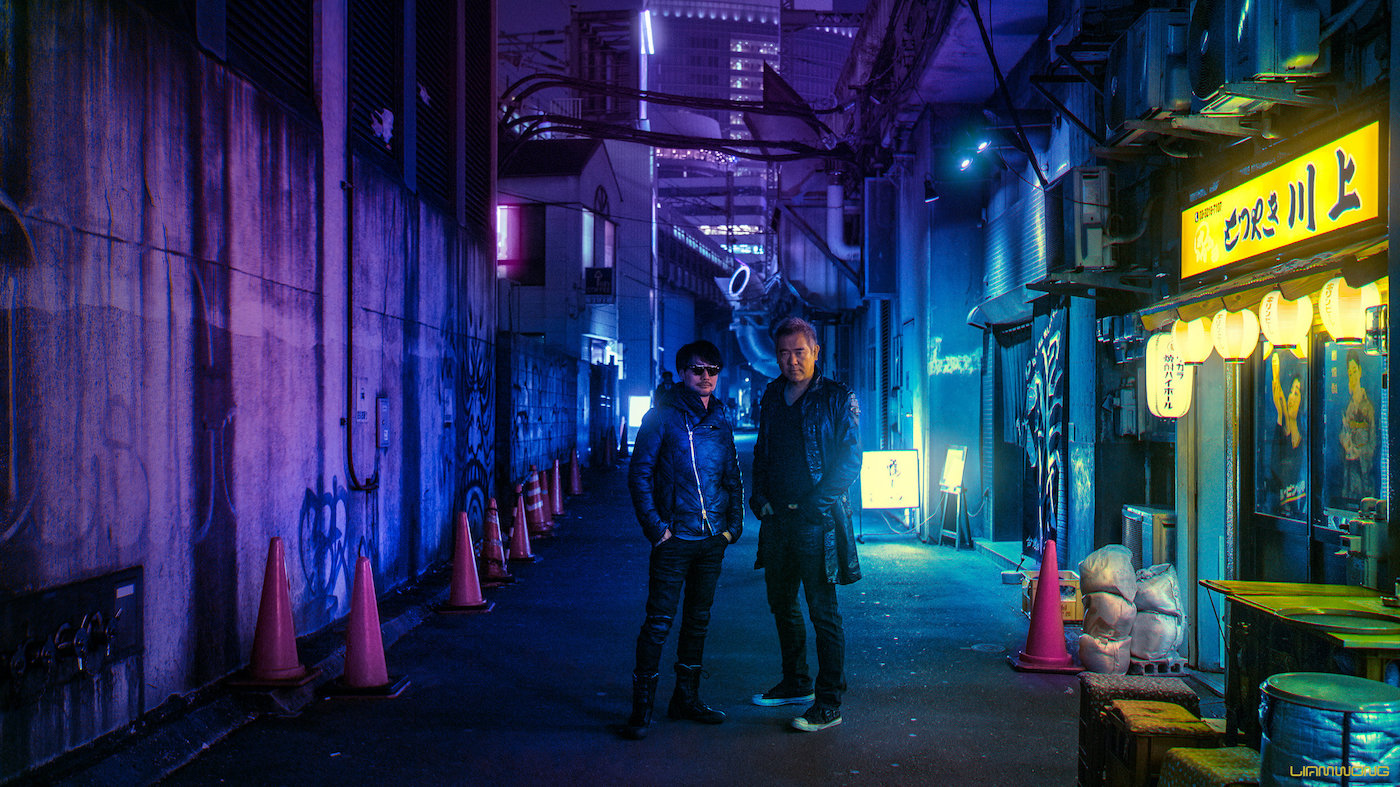
I'd love to hear more about your work at Ubisoft. What are some of the most recent games you’ve worked on and what was your role on them? Can you give us any sneak peeks?
LIAM: I often get asked which games I am currently working on but it isn’t something I can share yet. I have been working on a bunch of style guides, logos, trailers and motion graphics. My photography has helped me understand how to create a style and maintain consistency.
I did a talk at GDC where I went through a bunch of things from Far Cry 4 that I helped direct, which may be of interest to some people. You can check out the slides right here.
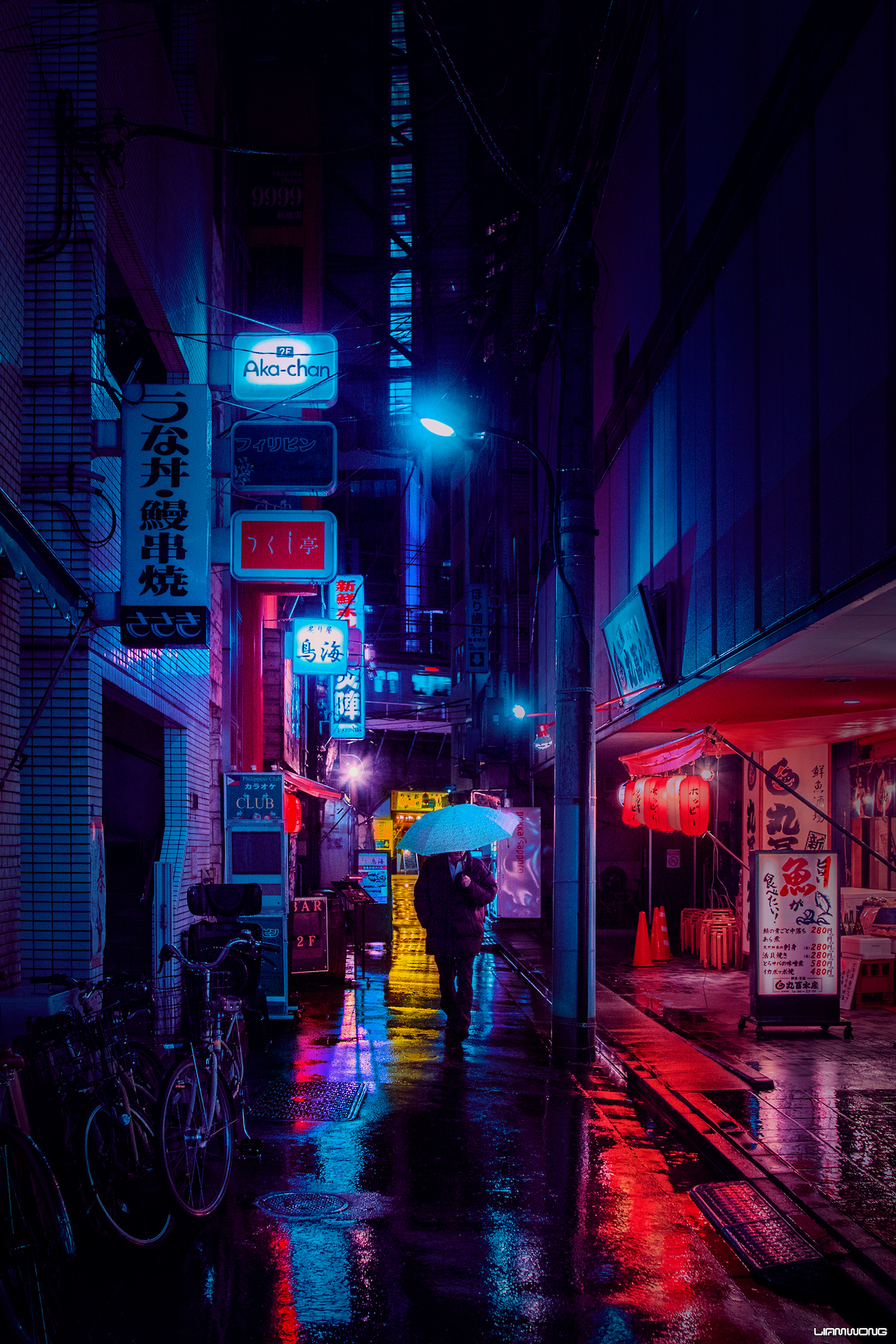
Liam! Thank you so much for doing this interview and giving us an insight into your work. I can't wait to see more magic from you in the future.
If you have any questions for Liam, reach out to him on Twitter.

